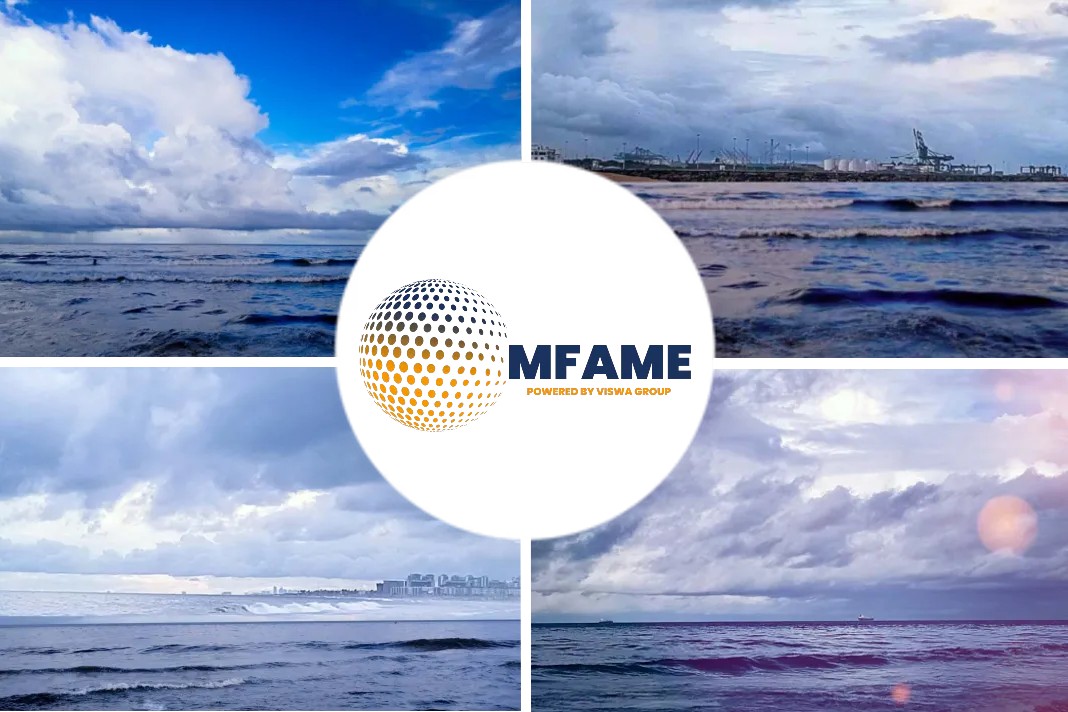- There has been a spate of high-profile seizures of narcotics and psychotropic substances in India these last few months.
- What has been disturbing is not only the quantity of drugs seized but also the predominant mode -through sea routes.
A news report published in the NewsIn Asia states that drug smugglers using the sea route worries India with a 7500 km coastline to guard.
Use of sea routes to smuggle narcotics
What the sea route means is that the quantity that can be smuggled in, is much more than by the land or air routes; what it also means is that detection becomes that much more challenging.
India has a sea coast of about 7500 km with 13 major ports handling both bulk and container cargo.
The trend started in late August 2020 with the seizure of 191 kg of high-grade heroin in Jawaharlal Nehru PT port, India’s largest container port.
The consignment was concealed in a container which had come in from Pakistan via Chabahar port.
In April 2021 the Directorate of Revenue Intelligence (DRI) seized 300 kg of cocaine from a container ship in the port of Tuticorin.
The contraband was concealed in a consignment of timber logs.
There were two seizures from containers in July -135 kg in Mumbai port from a consignment of gypsum coming in from Afghanistan and of 283 kg of heroin in JNPT concealed in a container of talc stones coming in from Iran.
ICG intercepted a Sri Lankan boat
This is apart from interceptions in the sea by the Indian Coast Guard (ICG) and Indian Navy (IN).
In November 2020 the ICG intercepted a Sri Lankan boat off the eastern coast of Tamil Nadu with 120 kg of heroin.
March 2021 witnessed another seizure by the ICG; 300 kg of heroin, AK-47 weapons and 1000 rounds of ammunition were seized from three Sri Lankan vessels off the coast of Lakshadweep.
Again, in March 2021 the ICG intercepted 3 Sri Lankan boats after a hot chase in the sea.
The boats were not carrying any contraband-however the members of the crew admitted that they had dumped the contraband of 200 kg of heroin in the sea.
IN intercepted a Sri Lankan fishing vessel
In April 2021, the IN intercepted a Sri Lankan fishing vessel with 300 kg of heroin along with weapons and ammunition.
In all the cases the heroin had originated from Pakistan but was being routed through Sri Lanka to escape detection.
Sri Lanka was obviously being used as a convenient transit point.
Golden Crescent and the Golden Triangle
Geography is, as has been said, destiny. This cannot be truer than in the case of India in the context of the drug problem.
Wedged between the Golden Crescent and the Golden Triangle, it has a substantial land border with these regions.
The Golden Crescent is at the crossroads where East, Central and West Asia meet straddling Iran, Afghanistan and Pakistan.
It is home to the largest illicit opium producing areas in the world today.
The Golden Triangle, represents the region coinciding with the rural mountains of Myanmar, Laos, and Thailand. It is Southeast Asia’s main opium-producing region.
India has a land border of about 3300 kms with Pakistan and about 1600 kms with Myanmar making the country vulnerable to drugs.
Chemicals Too Make Heroin
This has meant a constant battle to keep illicit entry of heroin out of the country. India is particularly vulnerable also because it manufactures precursor chemicals-essential for distilling opium into heroin.
These chemicals are manufactured for licit usage but get diverted for the manufacture of heroin.
The location of India results also in a reverse flow of precursor chemicals from India.
what are the impact of drugs?
Drugs reduce healthy individuals to addicts, leading to dysfunctional behavior, who resort to crime to feed their habit.
But far more insidious is the impact it has on the country. Proceeds of drug related crimes fund all sorts of illegal activities including terrorism. Narco-terrorism has become a major cause of concern.
The UN Office of Drug Control has estimated that illicit drug related crime generates proceeds amount to nearly 3% of the global GDP. This is humongous.
Awareness among people important
While enforcement agencies seek to choke supplies, it is equally important to curb demand. Creating awareness about the ill-effects of drugs among the population is essential.
We must not forget that the continuing stressful conditions caused by the pandemic – the deaths, illness, loss of jobs, shutdowns are fertile ground for seeking solace in the world of drugs.
USA witnessed its highest death because of overdose in 2020-more than 93,000 people are estimated to have died because of overdose; a 30% increase over the previous year.
If one wanted to know the disruptive impact of drugs these numbers are a grim indication.
The advancement of science has resulted in newer and more potent drugs – an enhanced version of Captagon, an amphetamine that overcomes fear and sleep, is now the drug of choice in war-torn Syria.
Afghanistan Crisis
We must be acutely conscious of the happenings in Afghanistan. With the Taliban getting control of large parts of the country, there is likely to be a push of opium to fund their activities.
Enforcement agencies have their work cut out -as do educational institutions and social organizations.
We have to tackle the menace from both the supply and demand ends. We can ill afford to let the menace of drugs go out of hand.
Did you subscribe to our daily newsletter?
It’s Free! Click here to Subscribe!
Source: Newsin.asia























